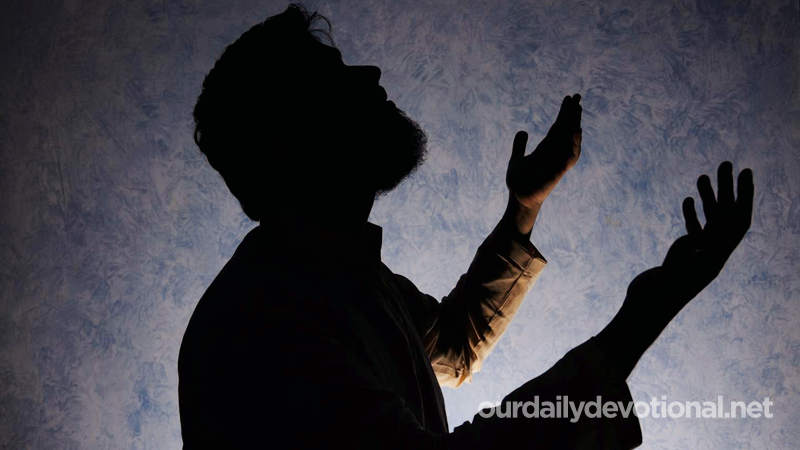Heavenly being seen by Isaiah before the Lord on His throne. Each of them had three pairs of wings: with one pair he covered his face, as a sign of reverence; with another he covered his feet, in a show of humility; with the other pair he flew to fulfill his mission.
Gesenius and Fürst give the term "saraf" the meaning of "burn" and "to be exalted." They give the seraphim the ultimate meaning as “exalted.”
This term appears only in Num. 21:6; Deut. 8:15, translated "fiery"; in Num. 21:8 is translated “fiery serpent,” while in two other passages Isa. 14:29 and 30:6 is translated “flying serpent.”
In Is. 6:2-7 (in plural form), the "seraphim" are exalted beings, but the only actions recorded are that one of them took a burning coal from the altar and, touching the prophet's mouth with it, He said, "Your guilt is taken away, and your sin is cleansed." They cried one to another: “Holy, holy, holy, Jehovah of hosts; The whole earth is full of his glory."
The distinction between cherub and seraphim seems to be that, while the latter bear witness to God's holiness (that is, to his nature), the former exhibit the principles of his righteous rule over the earth. The “living creatures” of Rev. 4 combine the characteristics of cherub and seraphim.
Meaning of SERAPHIM
Heavenly being seen by Isaiah before the Lord on His throne. Each of them had three pairs of wings: with one pair he covered his face, as a sign of reverence; with another he covered his feet, in a show of humility; with the other pair he flew to fulfill his mission.







